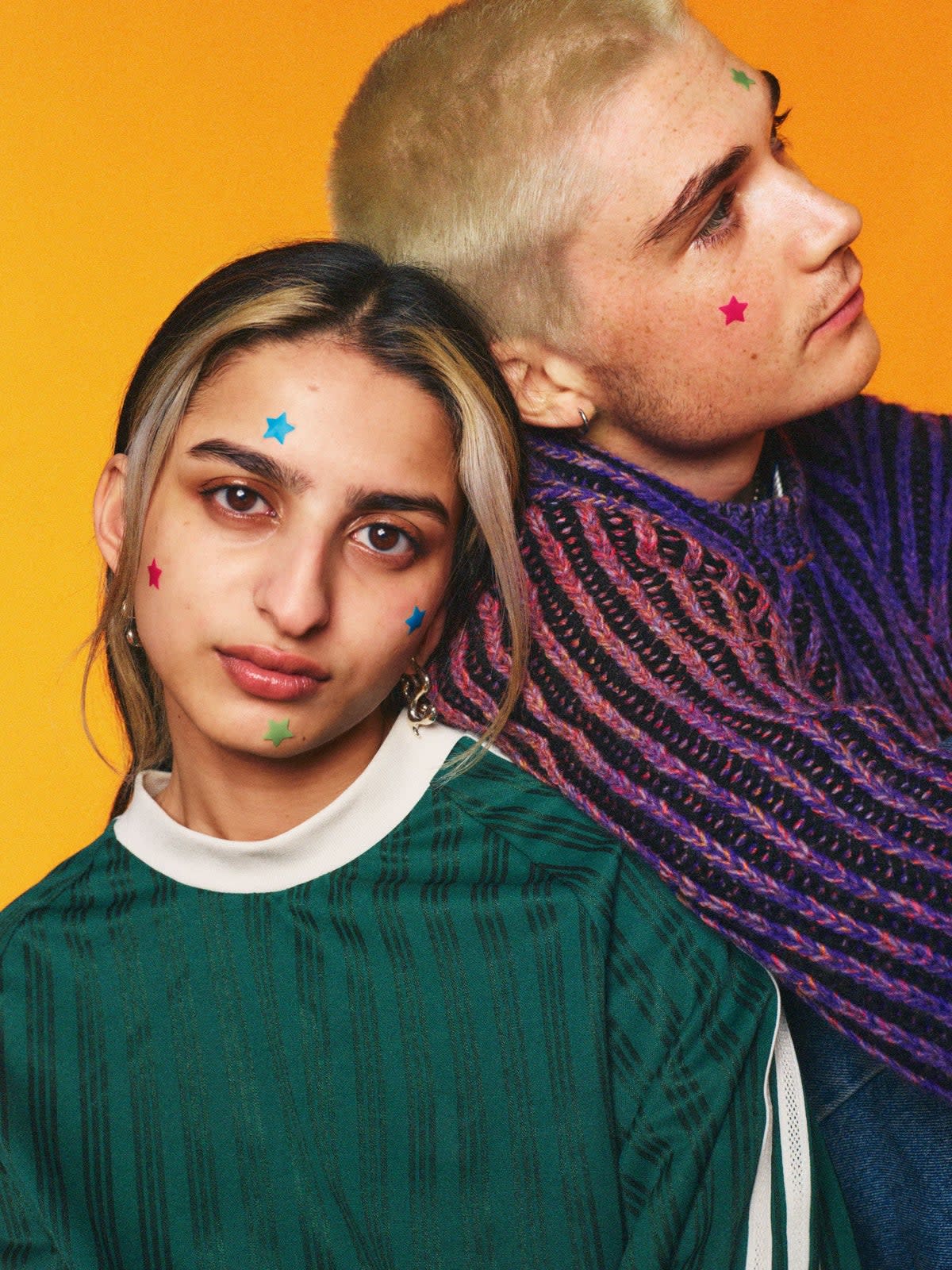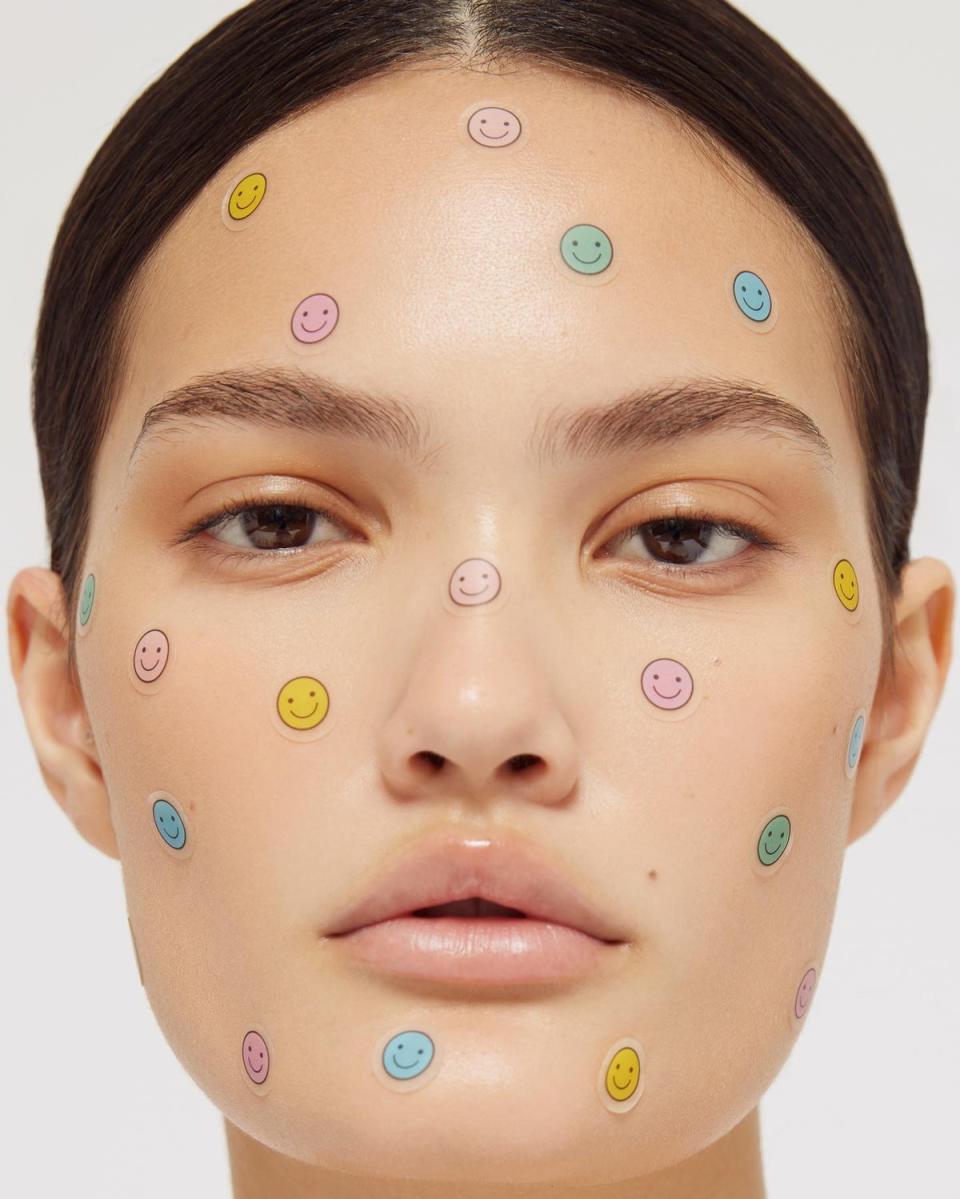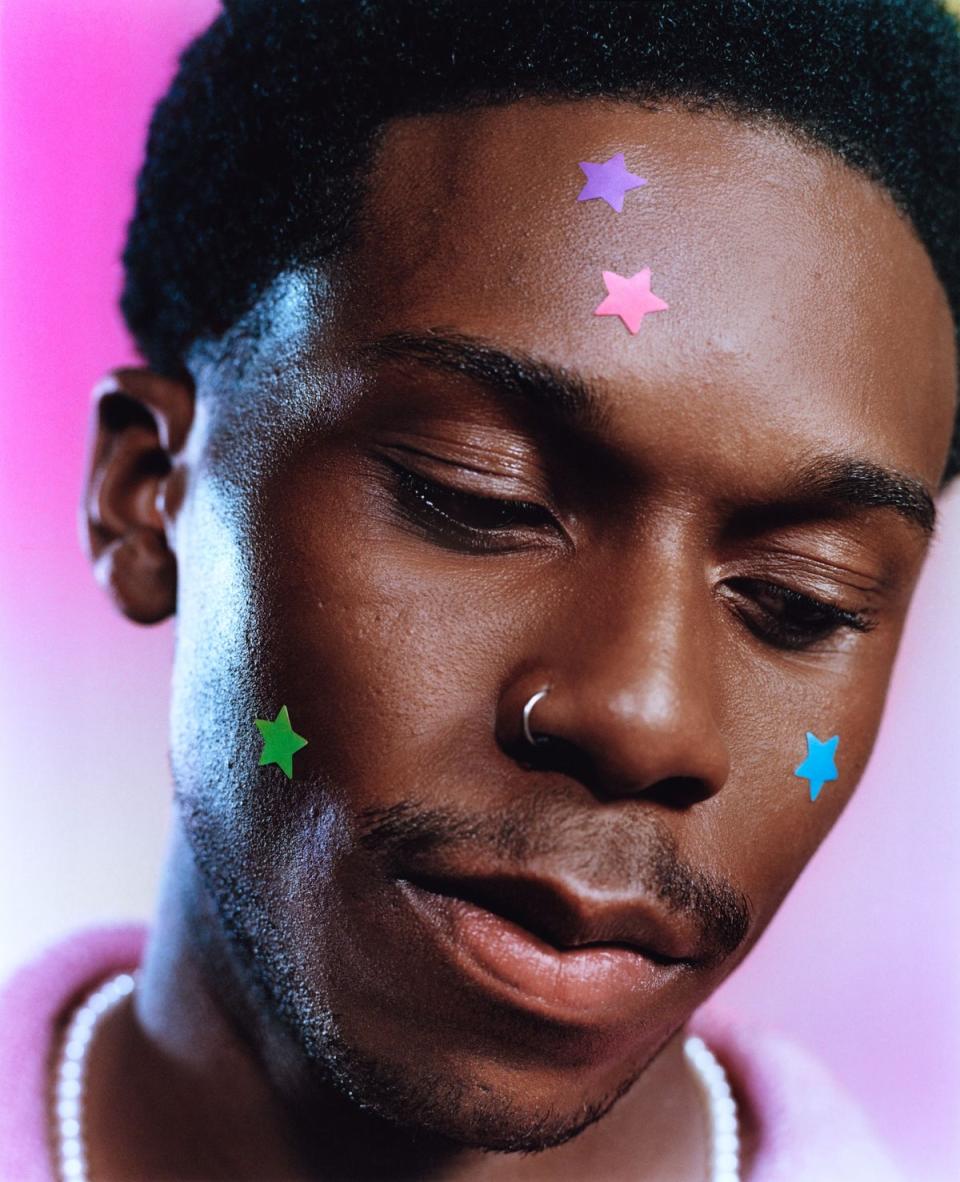This summer's divisive yet affordable accessory? A pimple patch

As you traverse the streets of London these days, you may notice a curious phenomenon developing on the epidermis of our fair city.
Spot stickers, once solely marketed as a way to conceal and heal stubborn pimples in the privacy of your own home, are suddenly being worn with pride.
Over the past month, I have spotted them on the faces of people at work, at festivals, and in the club. For a while, I thought people had simply forgotten they were wearing them. “Babe,” I wanted to say, “you’ve actually still got your pimple patch on!”

Thank god I didn’t, because it turns out this is completely intentional. Gen Z has shunned concealer and taken to wearing spot stickers to school, university, and even on nights out. Gen Z musical princess PinkPantheress has even become an ambassador for one of the most popular spot sticker brands, Starface.
And it’s starting to win over the millennials, too. “I think it’s a cute way of saying ‘I have spots and I’m not embarrassed about it,’” says Evie Stothert, a 29-year-old stylist living in East London. “And you don’t have to cake them in concealer if you want them covered up. I think it’s very specific to millennial and Gen Z though, as when I wore them to work, my boss was like ‘What the hell have you got on your face?’”

Ironically, this process dates back much further than any Gen Z or millennial. According to historians, Romans used to apply leather patches to disguise pockmarks or scars as beauty marks instead. But we have come a long way from leather spot stickers, which sound as uncomfortable as they do unhygienic.
The current versions also help with spots, instead of just covering them up like concealer does, according to the experts. “Pimple patches and spot stickers are made with a slightly gummy wound-healing gel called hydrocolloid,” says Dr Ross Perry, medical director of Cosmedics skin clinic. “They work by absorbing bacteria and dirt from the spot onto the skin and also helps individuals from picking the spot once it’s in place.”

But they can’t just magically fix a spot in under an hour. “Pimple patches should be worn for at least two hours at a time for any real benefit,” Dr Perry says, “although the spot will still be there, inflammation will be visibly reduced. Plus, pimple patches can be worn at night.” Because of their efficacy in healing spots over time, wearing them out of the house makes a lot more sense.
However, like all things, they’re best used in moderation. Consultant dermatologist Dr Anjali Mahto says that in the fight between an untouched spot (no concealer, no spot sticker) and a pimple patch-covered spot, she’d always choose the untouched method. “Speaking as a dermatologist, as well as personally, my preferred method for spots is to keep them clean and aerated,” she says. “This approach helps to prevent further bacterial growth and promotes faster healing. They can be useful if you're a 'picker' as a preventative measure, however.”

And even though zit stickers need time to work, you should be careful not to leave them on for too long. “With wearing spot stickers for an extended period, such as 12-24 hours, there are some potential downsides,” Dr Mahto says. “Prolonged use may lead to skin irritation or maceration, which is softening of the skin due to prolonged exposure to moisture.”
So make like Gen Z and use spot stickers as freely and proudly as you like, but just remember that they might be more of a day festival decision — i.e. they don’t need to be worn for the entire duration of Glastonbury.
You can hear more on today’s episode of The Standard podcast.


